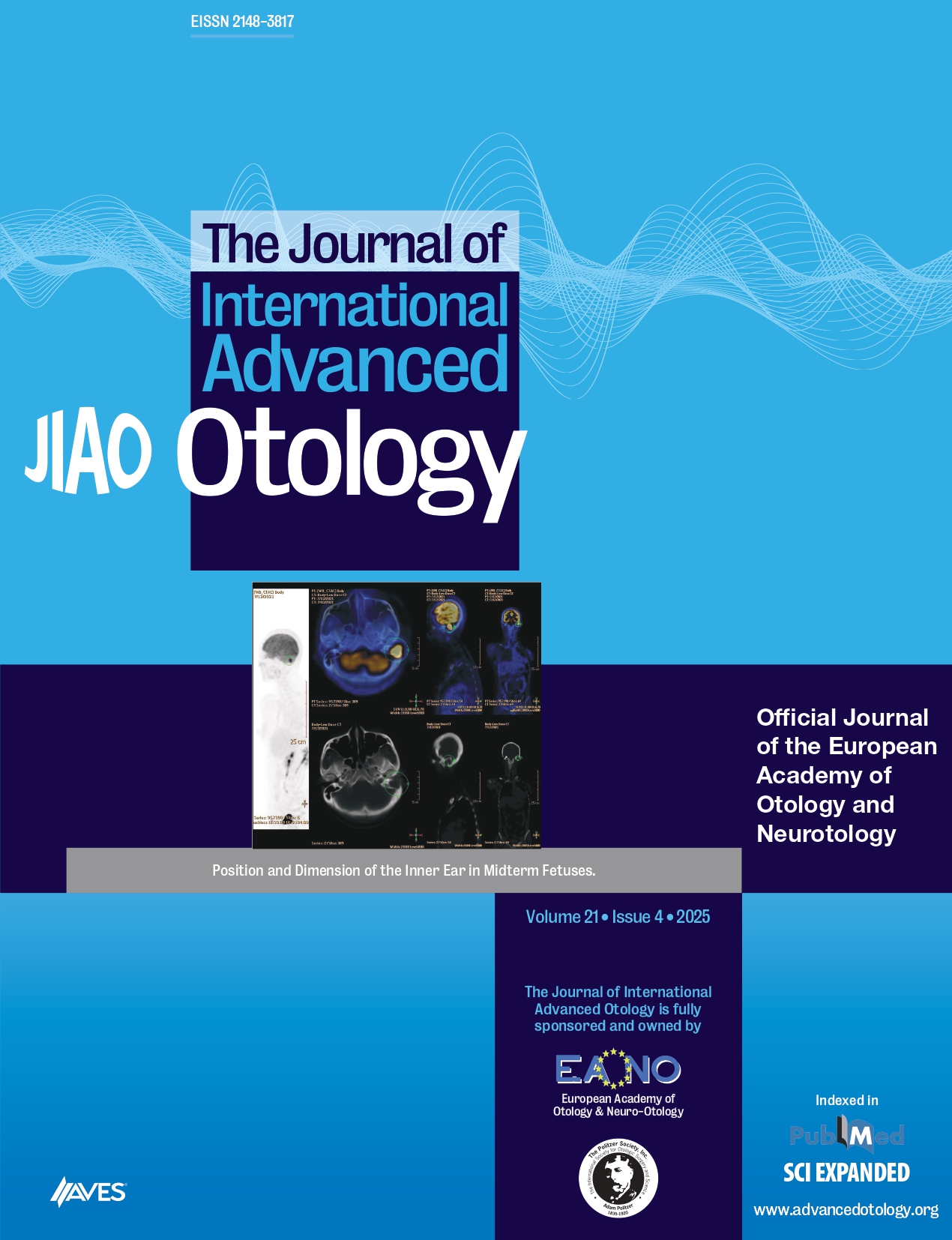Abstract
As the only medical device used in the treatment for deafness, the cochlear implant has benefited to more than half a million individuals worldwide. However, the device has limited penetration due to its high cost, especially in low- and middle-income countries. China alone has 27.8 million deaf people, but less than 100,000 of them have received a cochlear implant. The Nurotron Venus device was developed to address the need for an affordable yet safe and effective cochlear implant. The present study describes the design, development, and evaluation of the Nurotron intracochlear electrode array. The standard array is 22 mm in length from the round window marker to the apical tip of the carrier and has 24 electrodes, with a surface area of 0.32 mm2 and center-to-center spacing of 0.85 mm. The Nurotron array has been tested to meet the mechanical, chemical, and electrical requirements specified by the ISO Standard 14708-07. Human temporal bone and clinical trial results showed that the Nurotron array is easy to insert (7.8/10 rating with 10 indicating the highest ease of use) and has a low complication rate (12.5%) of severe insertion trauma while achieving high device stability and reliability (6 array failures in 43,000 patient years of experience). As a critical component, the Nurotron array has contributed to the high level of Nurotron implant speech performance, equivalent to that produced by other existing devices. The Nurotron device has benefited 10,000 deaf people and helped reduce the unit cost from US$25,000 in 2011 to US$4,620 in 2017 through the Chinese Government Tender Program. New, slim, and micromachined electrodes are being developed to further improve performance and accessibility.
Cite this article as: Rebscher S, Zhou DD, Zeng FG. Development and Clinical Introduction of the Nurotron Cochlear Implant Electrode Array. J Int Adv Otol 2018; 14(3): 392-400.



.png)
.png)